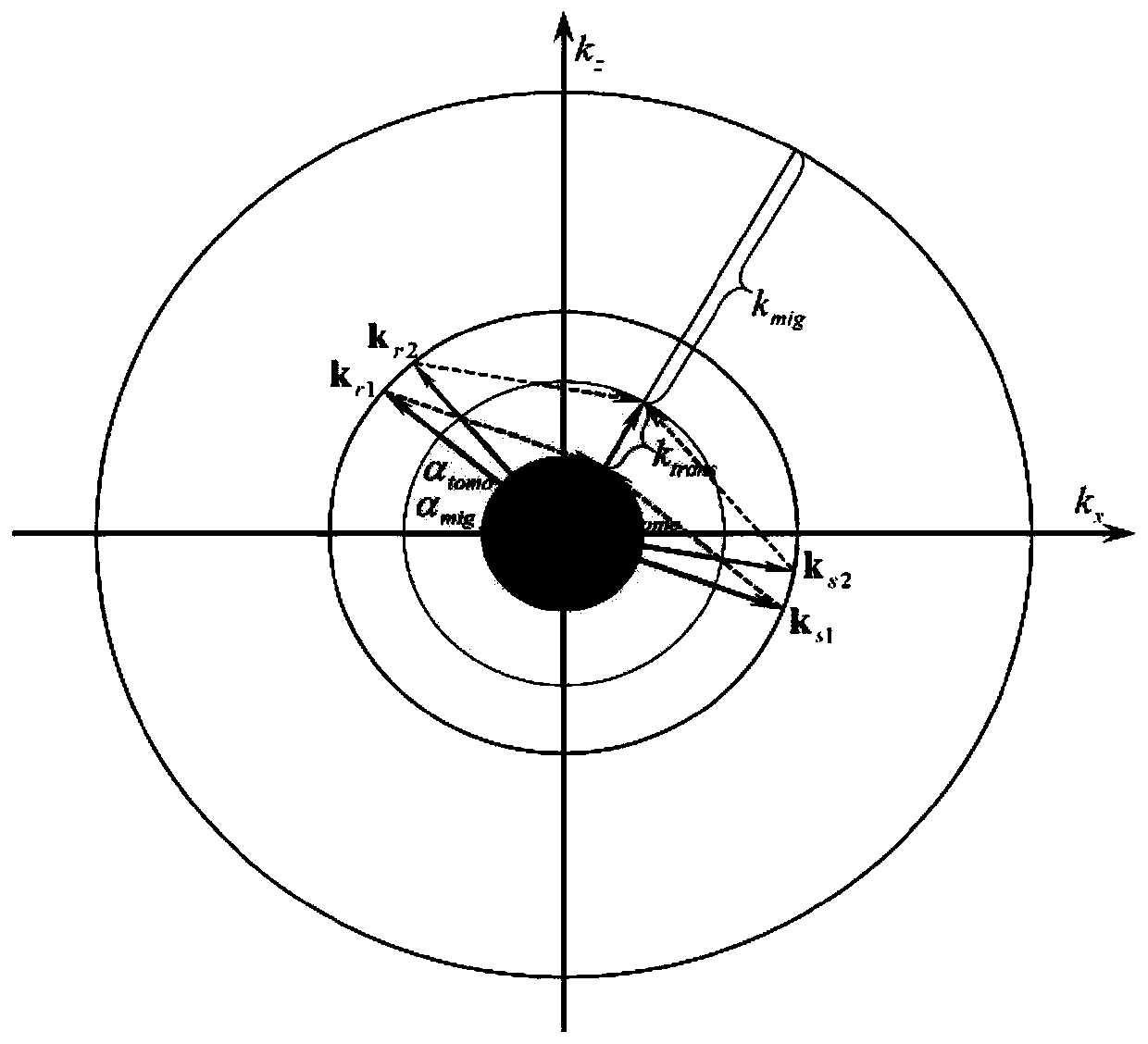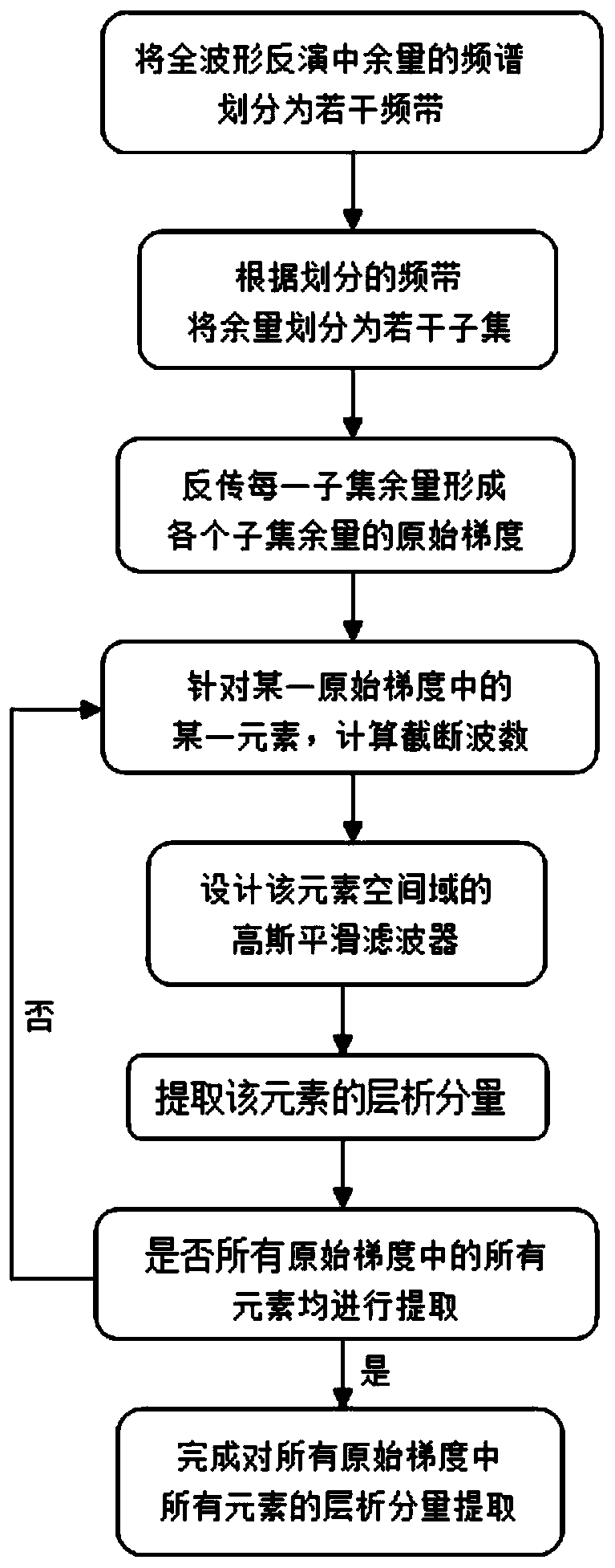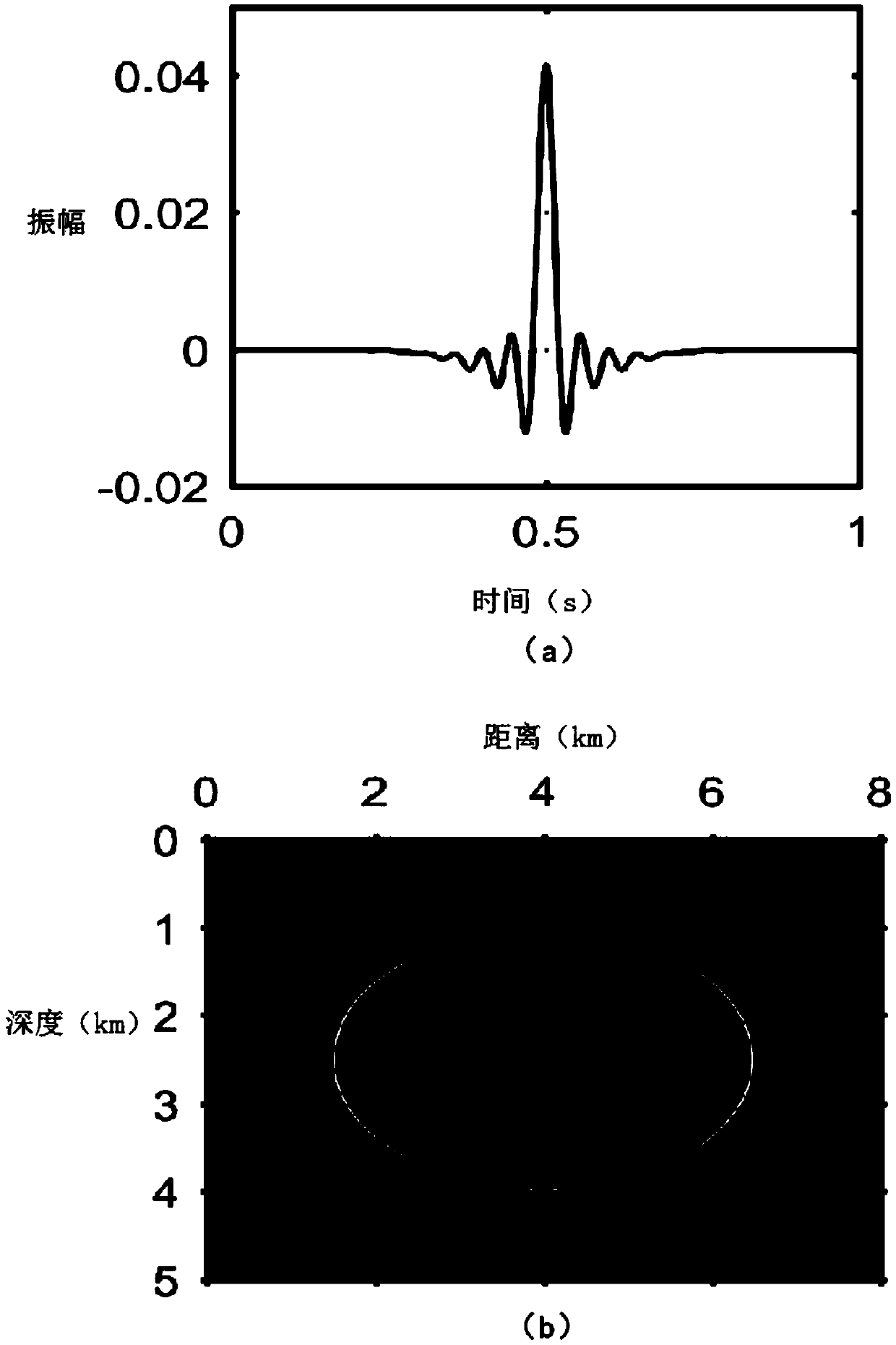A Method for Extracting Tomographic Components of Raw Gradients in Full Waveform Inversion
A technique of full waveform inversion and extraction method
- Summary
- Abstract
- Description
- Claims
- Application Information
AI Technical Summary
Problems solved by technology
Method used
Image
Examples
Embodiment Construction
[0026] The present invention will be described in detail below in conjunction with the accompanying drawings. However, it should be understood that the accompanying drawings are provided only for better understanding of the present invention, and they should not be construed as limiting the present invention.
[0027] The objective function of traditional full waveform inversion can be expressed as:
[0028]
[0029] Among them, d represents the forecast data; d 0 Represents the observed data; δd represents the data margin; if the P-wave velocity is the inversion parameter, then the gradient of the objective function to the P-wave velocity at position x is:
[0030]
[0031] Among them, v represents the P-wave velocity; Indicates the time second derivative of the source wave field; p r Represents the backpropagation residual wave field, x represents the position coordinate vector, for the two-dimensional model, it includes two components, and for the three-dimensiona...
PUM
 Login to View More
Login to View More Abstract
Description
Claims
Application Information
 Login to View More
Login to View More - R&D
- Intellectual Property
- Life Sciences
- Materials
- Tech Scout
- Unparalleled Data Quality
- Higher Quality Content
- 60% Fewer Hallucinations
Browse by: Latest US Patents, China's latest patents, Technical Efficacy Thesaurus, Application Domain, Technology Topic, Popular Technical Reports.
© 2025 PatSnap. All rights reserved.Legal|Privacy policy|Modern Slavery Act Transparency Statement|Sitemap|About US| Contact US: help@patsnap.com



